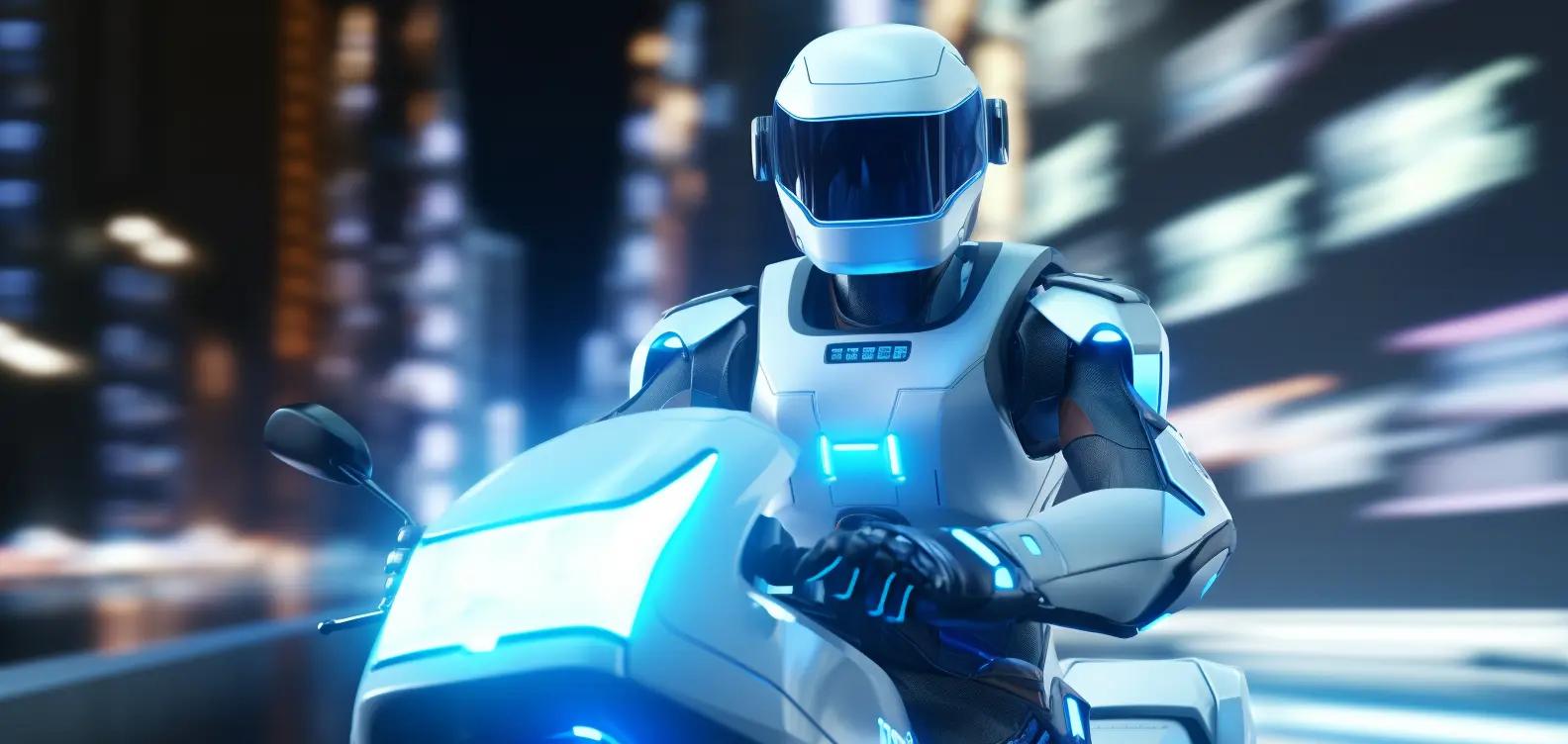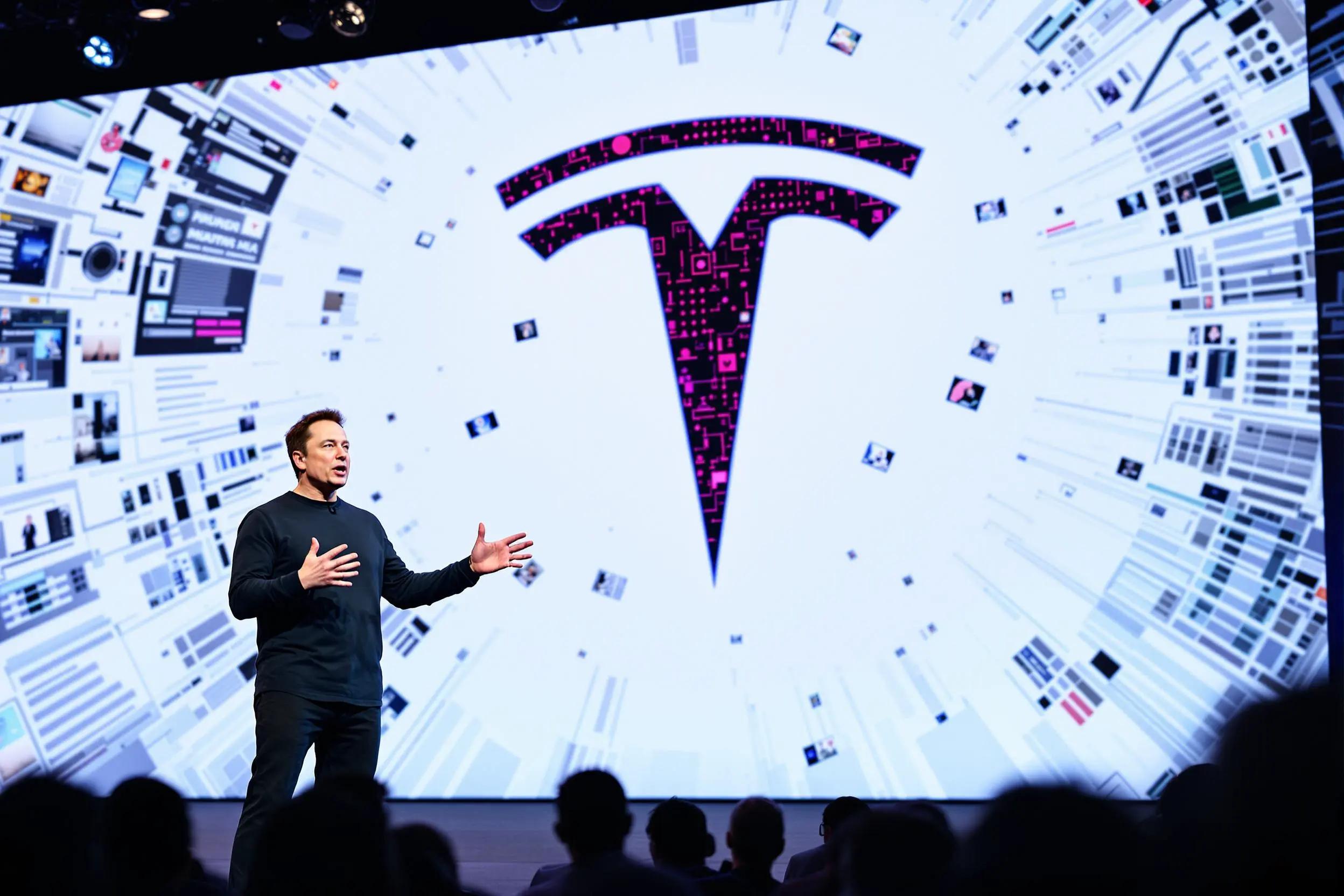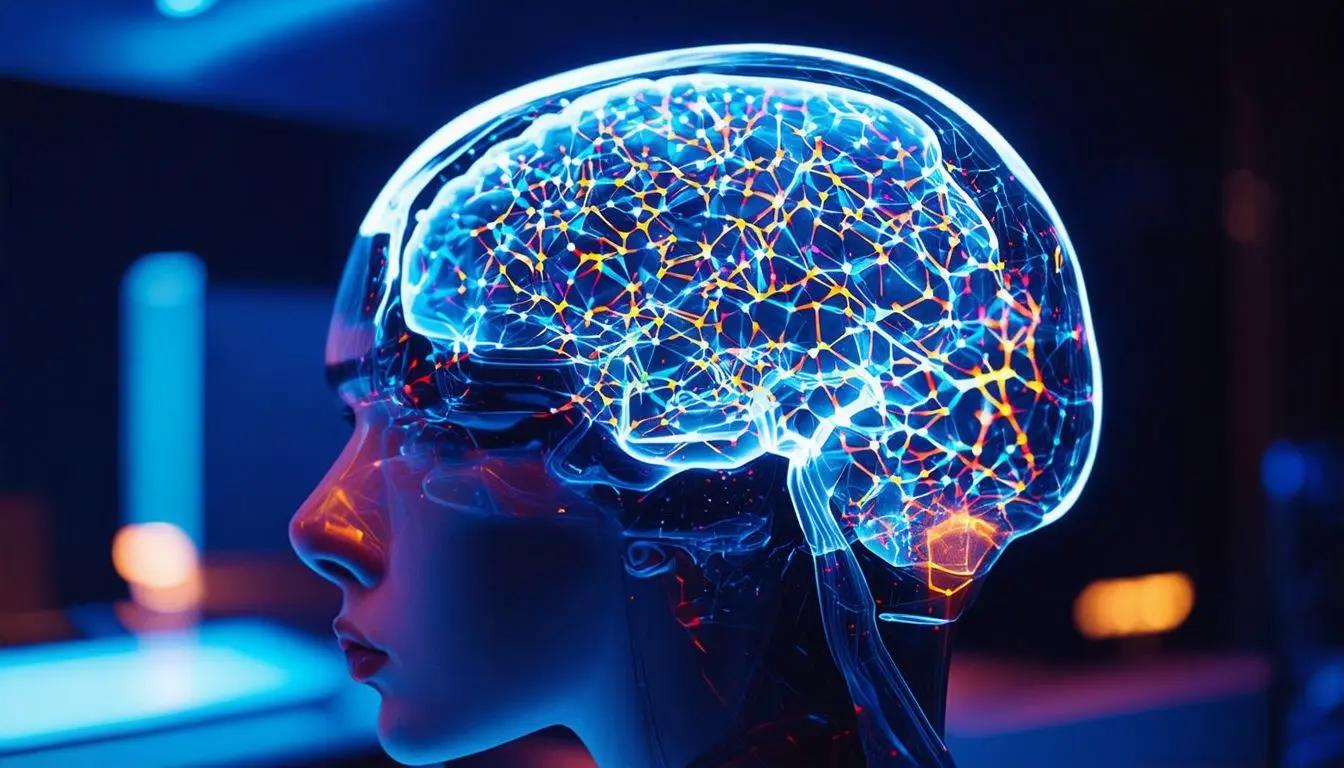June 13, 2024|7 min reading
Musashi: The Humanoid Robot Driving Cars into the Future

Introduction
Imagine a future where your taxi driver isn't a person but a humanoid robot. Sounds like something out of a sci-fi movie, right? Well, researchers at the University of Tokyo are making this a reality. They’ve developed a humanoid robot named Musashi, capable of driving a car. This breakthrough could be a game-changer for autonomous vehicles.
Who is Musashi?
The Birth of Musashi
Musashi is not your average robot. It's a "musculoskeletal humanoid," designed to mimic human movements and capabilities. Developed by a team of researchers, including a consultant from Toyota, Musashi represents the cutting edge of robotics and AI.
Features and Capabilities
Musashi is equipped with two cameras that act as its eyes, allowing it to see the road and its surroundings. With mechanical hands, it can turn the car key, engage the handbrake, and switch on the turn signals. Its anti-slip feet enable it to control the accelerator and brake pedals. This makes Musashi a versatile driver, at least in a controlled environment.
The Driving Test
Learning to Drive
Teaching a robot to drive is no small feat. The researchers fed Musashi raw sensor data to help it understand how to use the steering wheel. In a significant achievement, Musashi managed to turn a corner at an intersection while respecting traffic light signals.
Challenges Faced
However, Musashi's journey wasn't entirely smooth. The robot gingerly lifted its foot off the brake pedal to make the turn, rather than tapping the accelerator. This cautious approach, driven by technical limitations and safety concerns, meant the turn took about two minutes. In another experiment, Musashi struggled to maintain a consistent speed, particularly on inclines.
Technical Limitations and Safety Concerns
Cautious Maneuvering
The cautious approach Musashi took during its driving test highlights the technical limitations and safety concerns that come with robotic driving. The researchers chose to prioritize safety, which resulted in slower maneuvering.
Speed Control Issues
Maintaining a consistent speed proved challenging for Musashi. The robot had difficulty adapting to the road's incline, indicating that more work is needed to refine its driving algorithms.
Future Prospects
Next-Gen Development
Despite these challenges, the researchers are optimistic. They plan to develop a next-gen version of Musashi with improved hardware and software. This could address the current limitations and make the robot a more competent driver.
Long-Term Vision
Looking ahead, it's not entirely far-fetched to imagine Musashi or its successors behind the wheel of your next Tokyo taxi. Continuous research and innovation could pave the way for humanoid robots to play a significant role in the future of transportation.
Implications for Autonomous Driving
A New Approach
Musashi represents a novel approach to autonomous driving. Instead of relying solely on complex algorithms and sensors, this method leverages the physical capabilities of a humanoid robot. This could potentially solve some of the challenges faced by traditional autonomous vehicles.
Safety and Efficiency
Humanoid robots like Musashi could enhance the safety and efficiency of autonomous driving. With further development, these robots could become reliable drivers, reducing the risks associated with human error.
The Role of AI in Driving
Machine Learning and AI
Machine learning and AI are at the core of Musashi's driving capabilities. By processing vast amounts of sensor data, the robot can make informed decisions on the road. This technology is continually evolving, promising even greater advancements in the future.
Learning-Based Software
The researchers emphasize the importance of learning-based software in improving Musashi's performance. By continually updating and refining the software, they aim to enhance the robot's driving skills.
The Human Element
Mimicking Human Behavior
Musashi's design aims to mimic human behavior as closely as possible. This includes not only physical movements but also decision-making processes. By understanding human driving patterns, the robot can make more intuitive and safer driving decisions.
Human-Robot Interaction
As robots like Musashi become more prevalent, the interaction between humans and robots will become increasingly important. Ensuring smooth and safe interactions will be crucial for the widespread adoption of humanoid drivers.
Challenges Ahead
Technical Hurdles
While the progress made with Musashi is impressive, significant technical hurdles remain. These include improving speed control, enhancing decision-making algorithms, and ensuring the robot can handle various driving conditions.
Regulatory and Ethical Concerns
The introduction of humanoid robots in driving roles raises regulatory and ethical concerns. These include questions about liability in the event of an accident and the ethical implications of replacing human drivers with robots.
Conclusion
The development of Musashi, the humanoid robot capable of driving a car, represents a significant step forward in the field of autonomous vehicles. While challenges remain, the progress made so far is promising. With continued research and innovation, robots like Musashi could play a crucial role in the future of transportation, offering a unique blend of safety, efficiency, and technological advancement.
FAQs
1. How does Musashi perceive its surroundings while driving?
Musashi uses two cameras as its eyes and relies on the car's side mirrors to see the road and its surroundings.
2. What tasks can Musashi perform while driving the car?
Musashi can turn the car key, engage the handbrake, switch on turn signals, and control the accelerator and brake pedals with its mechanical hands and anti-slip feet.
3. What challenges did Musashi face during driving experiments?
Musashi exhibited cautious behavior by gently lifting its foot off the brake pedal to make turns and had difficulty maintaining a consistent speed, especially on inclined roads.
4. What are the researchers' plans for the future development of Musashi?
The researchers aim to develop a next-gen version of Musashi with improved hardware and software to address current limitations and enhance its driving capabilities.
5. How do humanoid robots like Musashi contribute to the future of transportation?
Humanoid robots like Musashi have the potential to revolutionize autonomous driving technology, offering unique capabilities that could enhance safety and efficiency on the roads.
Explore more

Elon Musk’s Vision: AI, Mars, and a Future of Abundance
Explore Elon Musk’s predictions on AI, Tesla’s Robotaxi plans, Starship’s Mars mission, and the role of robots in a futu...

Unlocking the Future: The Revolutionary Potential of Brain Image Reconstruction Technology
Discover how brain image reconstruction technology is pushing the boundaries of science and art by decoding thoughts int...

Can Artificial Intelligence Replace Human Intelligence?
Exploring the capabilities and limitations of AI in comparison to human intelligence.
